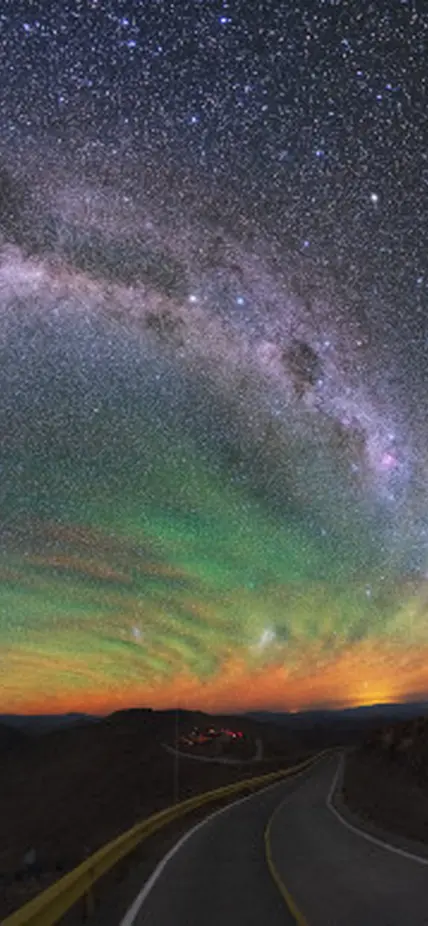Chile is known worldwide for the quality of its dark skies, which remain clear and stable due to its location above the Atacama Desert—the most arid non-polar place on the planet. This is what makes it an astronomical powerhouse where nearly 40 percent of the world's stargazing infrastructure can be found—a figure that’s expected to increase to 55 percent in the optical-infrared range by the end of the decade, according to the Chilean Astronomical Society.
Carnegie astronomers arrived in the country in the 1960s, looking for an observing station in the Southern Hemisphere that would give them access to the Magellanic Clouds and the center of the Milky Way. In 1968, the then-director of the Carnegie Observatories, Horace Babcock, met with Eduardo Frei, who was president of Chile at the time. That meeting allowed the Carnegie Science Las Campanas Observatory to be established in 1969 on an excellent site high in the desert mountains.
First light on the Swope and du Pont telescopes, 1- and 2.5-meter reflectors, occurred in 1971 and 1977, respectively. The most recent additions were the twin 6.5-meter reflector Magellan telescopes, which represent a collaborative effort between Carnegie Science, the University of Arizona, Harvard University, the University of Michigan, the Massachusetts Institute of Technology (MIT), and leading members of what was the last generation of giant telescopes.
"I came to LCO in 2002, as a 'visiting scientist' on a two-year invitation. From then on, my 'visit' was extended until I finally joined the staff. I always thought it would be wonderful to work at a modern observatory. Carnegie Science’s Las Campanas Observatory is a great place for someone who enjoys observational astronomy," said Resident Astronomer Nidia Morrell. "Las Campanas is my home, I feel more at home there than anywhere else. I love the telescopes with all their instruments, the silence, the wildlife, everything.”
About 100 people work at Las Campanas. Most of them are engineers, technicians, astronomers, and support staff. According to Director Leopoldo Infante, the observatory is a large community that has a single goal: to develop world-class science.
“We are an observatory that provides operation of several telescopes, in partnership with other institutions, and is also concerned with the development of astronomy at Carnegie Science and in the world,” explained Infante, a Chilean astronomer whose directorship began in 2017. “There are regular observations 364 nights a year, based on observing projects approved by a committee. Those projects are assigned telescope time on some night of the year, two or three nights on average per project. When the date arrives, that telescope is made available to the astronomer in charge of the research. That night, the observatory's technical and scientific staff is at the disposal of that program, which is executed just as the astronomer needs it to be done
Per an agreement with the Chilean government, Las Campanas and other foreign-run observatories make 10 percent of observing time—across all instruments and telescopes—available to the nation’s astronomical community.
In addition to the Swope, du Pont, and Magallan telescopes, Las Campanas Observatory hosts several associated projects that are led by external institutions. These projects take advantage of the excellent conditions offered by the site to carry out cutting-edge science. One of them is the Giant Magellan Telescope, a next-generation facility with seven mirrors making up a total optical area of 24.5 meters. It will bring about a new era in astronomy, enabling a deeper understanding of the physics underpinning the cosmos than ever before possible, and advancing the search for life on distant worlds.
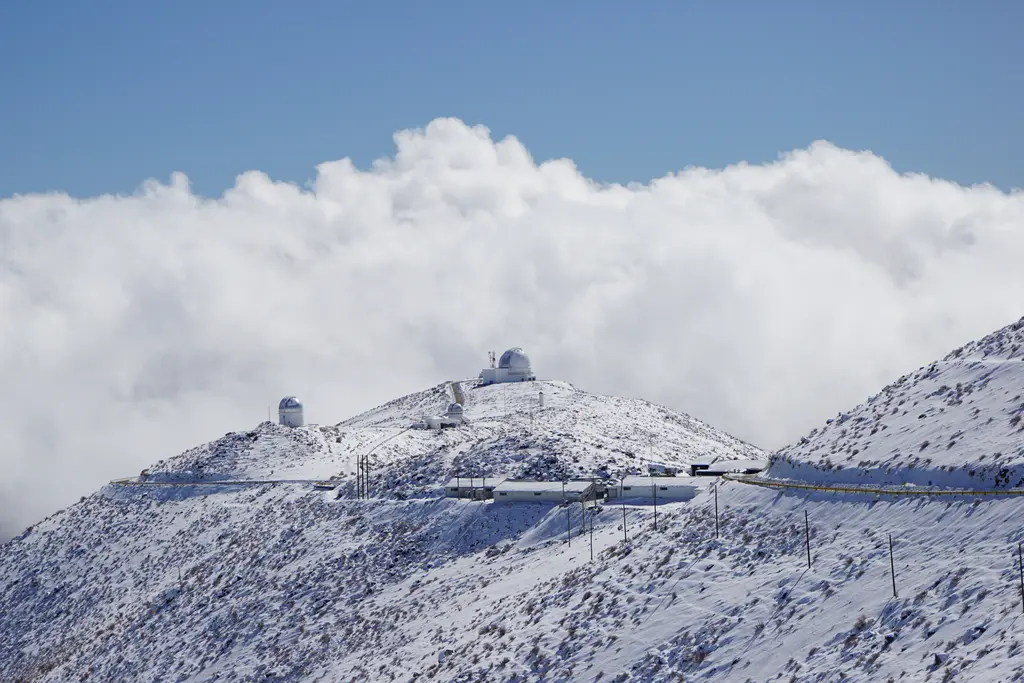
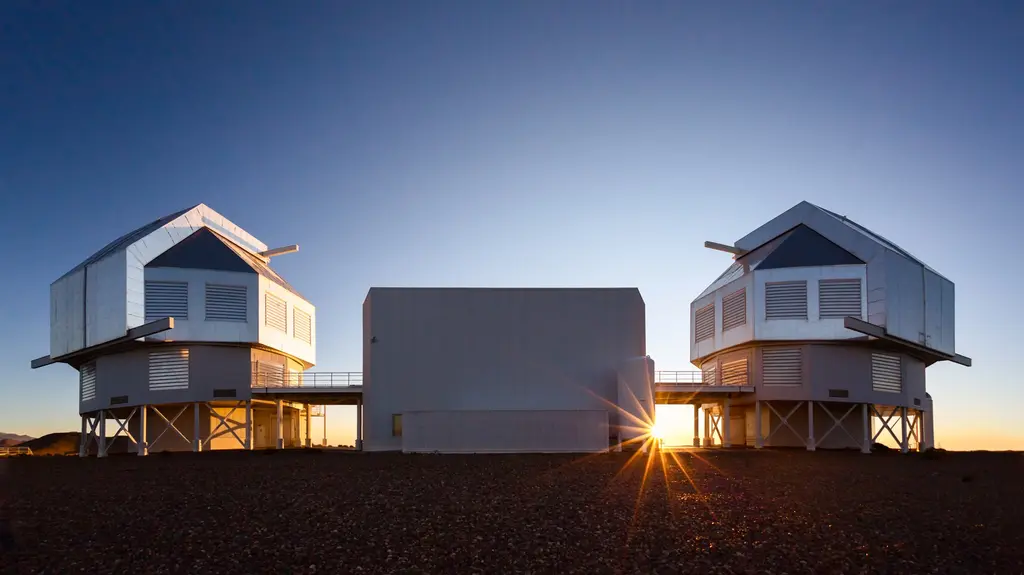
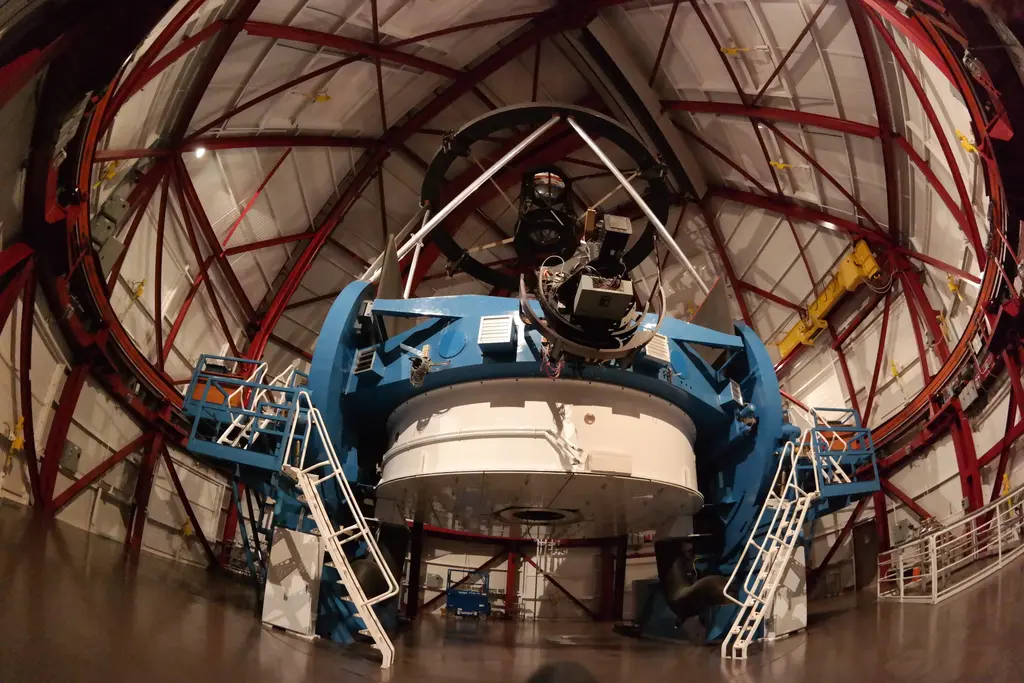
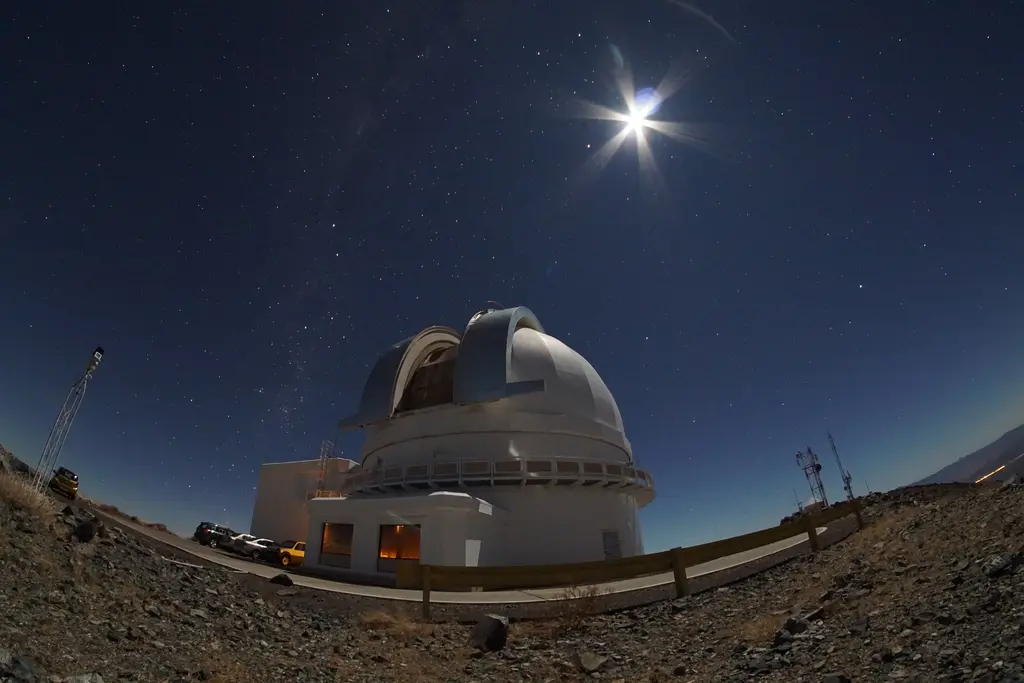
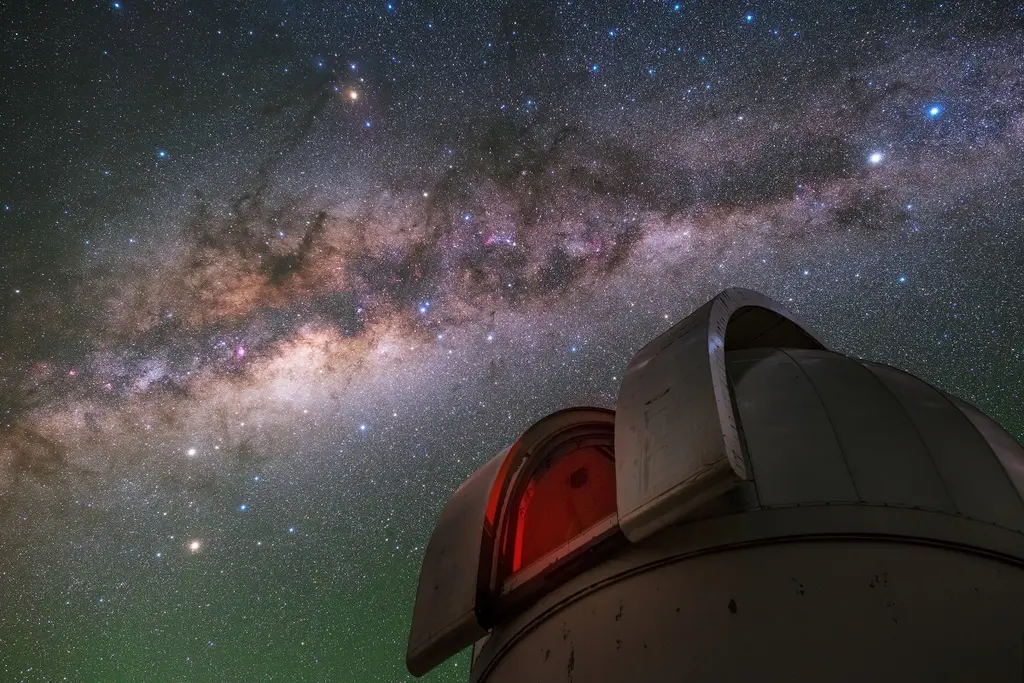
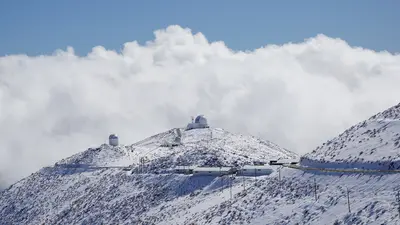
Snowy LCO.jpg
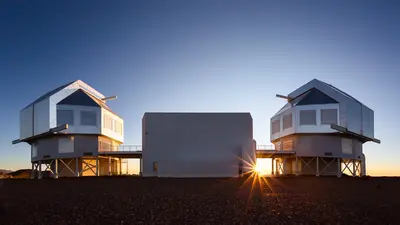
Twin Magellan telescopes.jpg
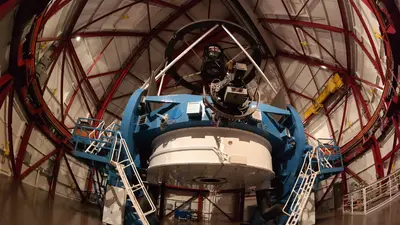
Magellan.jpg

du Pont.jpg

Swope.jpg
What role will Las Campanas Observatory play in the context of large telescopes?
Once the era of extremely large telescopes commences, the twin Magellans, Swope, and du Pont will still have important roles to play in driving discovery.
"There are a series of observations that cannot be made with them, but can be made with medium-sized telescopes, as the Magellan telescopes will be considered at that time, for example. This is related to the follow-up of astrophysical phenomena or objects, as well as the follow-up of the great discoveries that will be made with the large telescopes. In addition, LCO is in a privileged place to do astronomy, so there is a lot of interest in setting up instruments at the site, which will then follow up on the science that is being done,” Infante points out.
What distinguishes Las Campanas from other observatories in Chile?
According to Infante, it is the quality of the site and some technical aspects of the telescopes and instruments built for them. The area that the telescopes observe in the sky is larger, he said. Additionally, the flagship Magellan telescopes from others in the world is that astronomers can use several instruments during a single night.
"The astronomer can use two or three instruments during the night, simply switching from one to another, since they are calibrated, ready to be used. In most of the equivalent telescopes in the world, only one instrument can be used, available during that night to make certain observations," he added.
Outstanding observations
Over the decades, Las Campanas’ telescopes have played important roles in major astronomical breakthroughs, including;
- In 1984, Jet Propulsion Laboratory researchers used the du Pont telescope to take the first-ever image of a circumstellar disk, or planetary nursery, surrounding a young star.
- In 1987, Carnegie Science astronomer Ian Shelton and Las Campanas Instrument and Operations Specialist Oscar Duhalde discovered a bright supernova in the Large Magellanic Cloud. This supernova, one of the most important discoveries in modern astronomy and named SN 1987A, was the closest such object seen since the invention of the telescope, and its great brightness made it possible to observe it with the naked eye.
- In 2017 Carnegie Science astronomers and collaborators from UC Santa Cruz were the first to see the light from the explosion of two neutron stars merging after being alerted to a gravitational wave signal by the LIGO Collaboration.
- The most distant supermassive black hole observed so far was detected in 2018 by a team led by Chilean astronomer Eduardo Bañados, a former Carnegie Science postdoc, and the confirmation and follow-up observations were made from the Baade telescope.
- Carnegie Science astronomer Scott Sheppard has used the Magellan telescopes to help discover a variety of Solar System objects, including, most recently, new moons of Neptune and Uranus.
What is the future of astronomy and what is Las Campanas Observatory's contribution to it?
"The telescopes at Las Campanas play a very important role in modern astronomy, and with all the new instruments being developed for them, there is no doubt that this will be the case for many years to come," Morell concluded.
